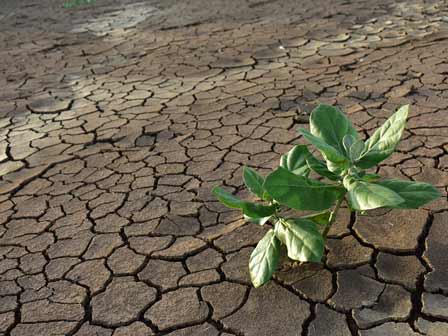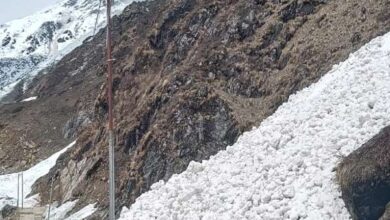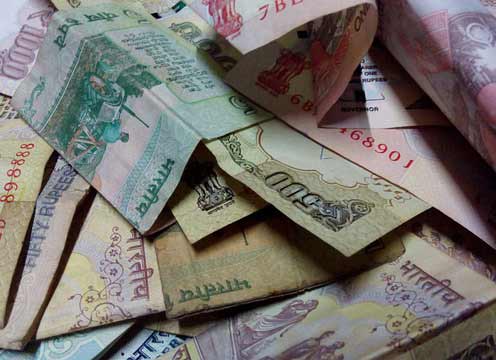IPCC report claims rising emissions could cause Food, Water scarcity in India

The Intergovernmental Panel on Climate Change (IPCC), in its latest report released on Monday, warned that if emissions are not cut, human survival, food and water shortages, high sea levels to severe economic damage to India will be will be seriously harmed. The second installment of the IPCC Working Group’s report ‘Climate Change 2022: Impacts, Adaptation and Vulnerabilities’ states that if emissions are not rapidly eliminated, global heat and humidity will create conditions beyond human tolerance and that India may experience these unbearable conditions.
Climate risk will increase
The report cautions that climate-related risks to agriculture and food systems in Asia will increase with changing climate, with varying impacts across the region. Assuming that the temperature will increase by 1°C to 4°C, rice production in India may decrease by 10 to 30 percent, while maize production may decline by 25 to 70 percent.
Wet-bulb temperature of 31°C lethal
Referring to wet-bulb temperatures, a measure that links heat and humidity, the report warned that if emissions continue to rise, wet-bulb temperatures could reach an unusable 35 °C across much of India. The limit will be reached or exceeded.
A wet-bulb temperature of 31 °C is extremely dangerous to humans, while even fit and healthy adults resting in the shade at 35 °C cannot survive for more than about six hours. Right now the wet-bulb temperature in India rarely exceeds 31°C, with the maximum wet-bulb temperature being 25-30°C in most parts of the country. The report said that both climatic and non-climatic carriers such as socio-economic changes have created water crisis situations in both water supply and demand in all sub-regions of Asia.
The international transboundary river basins of the Amu Darya, the Indus, the Ganges and the inter-state Sabarmati-River basin in India may face serious water crisis challenges by the middle of the 21st century, as climate change is acting as a worrying factor. Asian countries may experience an increase in drought conditions (5-20 percent) by the end of this century due to global warming.








